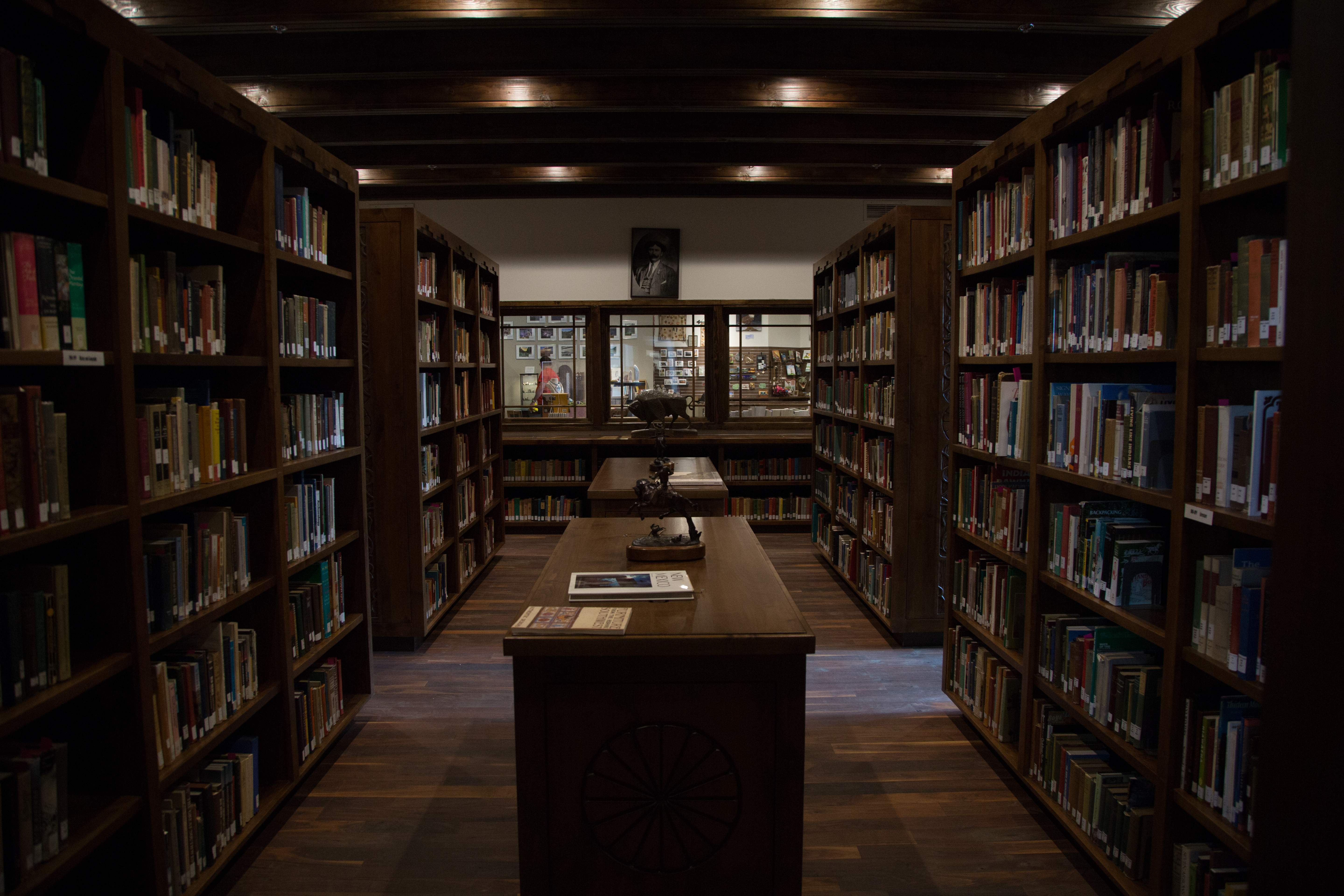The Seton Memorial Library houses Ernest Thompson Seton’s personal library due to the generous donation of Julia Seton in 1967. The library is available for visitors, participants, and staff to view books about the southwest, Philmont, and the areas surrounding Philmont.
 On display in the National Scouting Museum are:
On display in the National Scouting Museum are: